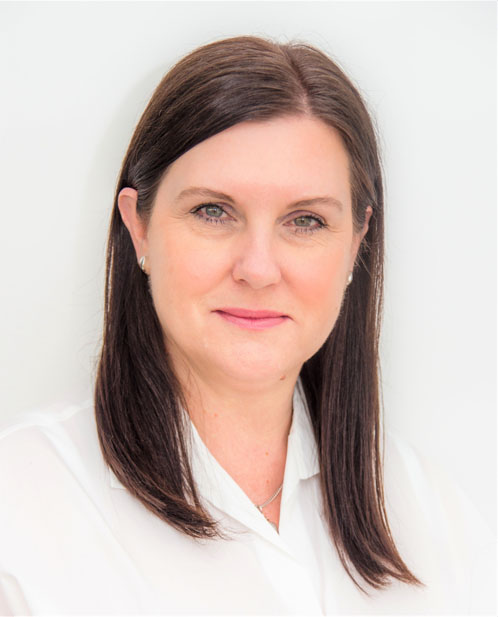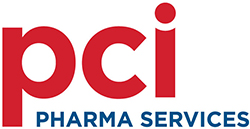As the fastest growing sector of drug development — representing 38% of the R&D pipeline — oncology has benefited from advances in science and technology.1 Research scientists now have a better understanding of the biology, immunology and genetics of cancer, leading to the development and approval of powerful targeted therapies that are capable of causing the complete and durable elimination of tumours.
Precision oncology is transforming the way patients are treated. According to the latest Global Trends in R&D report by IQVIA, 31% of all global launches of novel active substances (NASs) have been for oncology indications in the past decade.
These amount to 184 launches and include some of the most groundbreaking new treatments in immuno-oncology and rare cancer treatments, as well as next-generation biotherapeutics such as mRNA and cell and gene therapies.
Many patient populations that were previously treated with non-selective chemotherapies are now receiving precision targeted immunotherapies that are tailored specifically to their disease. By their nature, targeted cancer therapies are more complex than conventional chemotherapies, making their formulation more challenging; they are often classified as being highly potent and, as such, require specialised facilities, equipment and contained processing technologies.
In fact, the global market for highly potent active pharmaceutical ingredients (HPAPIs) is currently on a growth fast track, with highly potent drug products constituting the majority of the oncology pipeline. In 2020, 75% of HPAPI revenue was derived from the large volume of highly potent oncology drugs.2

Coupled with challenging processing requirements and smaller patient populations, many biopharmaceutical companies seek to outsource the manufacture and packaging of their oncology drug products to specialist contract development and manufacturing organisations (CDMOs) with experience in highly potent processing and expert containment solutions.
Such CDMOs process multiple potent therapies on behalf of many biopharmaceutical companies; some of these organisations have been in operation for decades, giving them a breadth of expertise that may not always exist within biopharmaceutical companies.
Having to comply with stringent regulatory and safety requirements, biopharmaceutical companies are advised to conduct full due diliengence to ensure that their selected vendor is able to meet the processing requirements of their life-saving drug product.
Selecting a CDMO for your highly potent oncology drug product: key considerations
Assessing a CDMO’s capabilities, track record, compliance history and ability to provide long-term support is key to the success of any outsourcing decision. However, the additional complexity and higher regulatory hurdles involved in processing HPAPIs makes choosing the right CDMO for life-saving oncology products even more important; as such, biopharmaceutical companies should take the following into account.
Containment strategies: Vendor assessment should be based on the CDMO’s ability to handle and process HPAPIs in a way that keeps operators safe and complies with regulatory requirements. Organisations may use different terms when classifying HPAPIs: occupational exposure bands, occupational health categorisations, control bands and some larger companies may use their own in-house classifications.
Irrespective of the terminology used by the outsourcing biopharmaceutical company, the chosen vendor should have an established and robust risk assessment framework to make an accurate assessment of the safety and health parameters of the compound.
Occupational exposure limit (OEL) is a term that all companies understand. Companies need documented OELs as well as industrial hygiene experts who can interpret OEL data and evaluate the workplace requirements.
The importance of making an accurate OEL assessment should not be underestimated as, when it comes to highly potent compound safety, facilities must develop containment strategies that strike the right balance to ensure the appropriate solution for the product.
Selecting your outsourcing partner based on their risk assessment framework and approach to contained engineering solutions should form one of your primary selection criteria.
Scalability: Often, companies outsource the early stage development and clinical manufacture of their highly potent oncology drug product because of a lot of “unknowns.” The intent is that once formulations and manufacturing processes have been established and optimised, they will transfer activities back in-house.
However, owing to many processing complexities and, perhaps, required internal capital investment, it is often deemed beneficial to continue the outsourcing relationship. Comparing a CDMO’s ability to support your product needs from development through to commercialisation will be imperative and could prevent the need to change vendors — thereby reducing risk, time and the associated costs of the development programme.
In addition, HPAPI-related outsourcing decisions should not be limited to the initial commercial launch of a product; it can take many years beyond commercial approval for an oncology therapy to reach peak demand. The approved process validation scale may not meet peak demand, meaning that a secondary supplier may be required.
The outsourcing company should futureproof their decision and assess the maximum commercial manufacturing and packaging outputs an outsourcing partner may offer … and their ability to scale-up and meet anticipated peak demands.
Flexibility: Today’s oncology product pipelines require more manufacturing flexibility than ever before. With smaller batch sizes and accelerated development programmes condensing manufacturing timelines, a CDMO that has the ability to efficiently adjust production volumes to meet market demands — thereby providing flexibility and adaptability — will be key to getting your oncology drug to market quickly.
Streamlining supply chains: With valuable life-saving oncology drug products, streamlining your product supply chain may enable you to reduce the number of handoffs, technical transfers and risk to the product.
Reviewing a vendor’s full service offering, whether it be in-house analytical support, dedicated highly potent packaging solutions or global distribution to support clinical trials and/or product launch, will prove beneficial if the scope of your outsourcing requirements change.
Leveraging end-to-end expert solutions will minimise your supply chain complexity and risk.
Conclusion
Advances in the molecular understanding of cancer with the increased focus on developing targeted therapies, coupled to regulatory support to get novel treatments to market quickly, has changed the outsourcing paradigm for highly potent oncology drug products.
Biopharmaceutical companies recognise the importance of selecting the right partner for the development, manufacture, packaging and commercialisation of their oncology products containing highly potent active pharmaceutical ingredients.
With the growing complexities of safely handling highly potent molecules and the associated regulatory focus, companies looking to outsource must conduct due diligence to identify specialist CDMOs that offer the following: safe, scalable and flexible processes; additional in-house services; and end-to-end solutions that can be tailored to meet changing needs throughout the development lifecycle to global commercial supply.
References
- www.iqvia.com/insights/the-iqvia-institute/reports/global-trends-in-r-and-d-2023.
- www.grandviewresearch.com/industry-analysis/high-potency-active-pharmaceutical-ingredients-hpapi-market.





